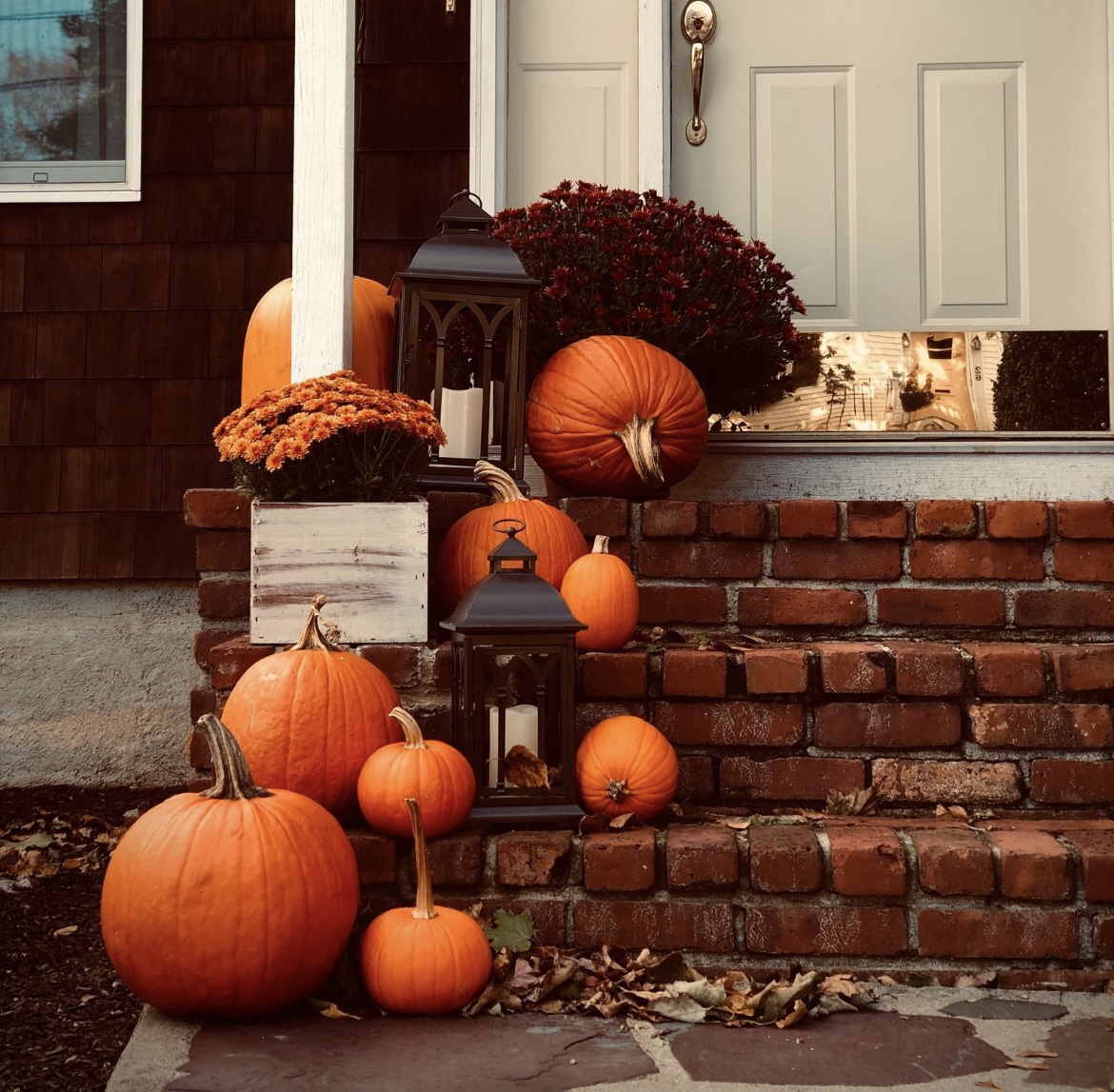How to do ‘tacky’, tastefully: Design expert advises how to decorate your home for Halloween with style

A leading design expert has released comments advising Brits on how they can decorate their homes to make the usual tacky Halloween decor a lot more tasteful (and sustainable!).
James Mellan-Matulewicz, Creative Director and Designer at Bobbi Beck, has provided six expert tips on how to dress your home for Halloween without sacrificing your style.
“Halloween decor is typically associated with garish orange pumpkins, plastic skeletons and cartoonish spiders. With this in mind, many homeowners who are keen to keep their interiors looking stylish may be deterred from decorating for Halloween in general.”
“However, Halloween is a really fun time to dress up your home, and there are a number of easy ways that you can decorate your interiors with a nod to the tacky traditions of Halloween whilst keeping style at the core of your concept.”
Pumpkins galore
“It wouldn’t be Halloween without pumpkins, and while in many cases, less is more, buying lots of different sized pumpkins can look really effective in the home. Place them up stairs or use them to frame doorways to create a rustic and enchanted entrance to your home.”
“Simple is always tasteful, so don’t carve faces into your pumpkins as this can look a bit cartoonish. If you do want to get crafty, instead you could paint your pumpkins black and white and stencil words like ‘boo’ or ‘trick or treat’ onto them for a more stylish and clean aesthetic.”
Think ‘Autumn’
“Autumn is arguably the most beautiful season, full of rich colours and textures. Rather than opting for a typically fluorescent orange and slime green colour scheme, theme your Halloween decor around the colours of Autumn. Think more burnt oranges and deep greens. Fill glass bowls with leaves collected from outside, use conkers or pine cones around candle bases and homemade wreaths using sticks and deep red berries.”
Lighting is key
“Atmospheric lighting is a must when decorating for any season. For Halloween, you might initially think of tiny plastic lanterns or flashing orange lights but simple fairy lights will look subtle and haunting when used amongst your Halloween decor. Drape black voiles around windows and thread fairy lights around them, or fill glass vases and place them alongside your pumpkins. Real candles strategically placed on your Halloween table, or fireplace display, will also give a classic but tasteful Halloween feel.”
Textiles and patterns
“Adding in some key textiles, like cushions and throws, can give your existing decor a Halloween pop. Try lush green velvet throws or black and white cushions. Perhaps temporarily replace framed photos with some framed prints using autumnal or gothic prints. Think scenes from The Craft, not Beetlejuice when creating tasteful but spooky rooms.”
Make it yourself
“Making decorations yourself is no longer seen as purely a cost cutting exercise. It’s a sustainable and admirable way to add a touch of Halloween to your home. Place dried flowers in old glass jars and paint them black, create Halloween bunting by dying and cutting up old pillowcases or make a ‘Happy Halloween’ garland using stylish wrapping paper or wallpaper. Doing it yourself is a kitsch way of showing you’ve made an effort and you care about the environment.”
Avoid plastic
“It probably goes without saying but avoid inflatables, oversized plastic decorations and anything that needs a plug or batteries if you want your home to have a tackily tasteful Halloween theme. If you feel that your Halloween setup is feeling a little empty, head to a charity shop to look for old dusty vases, lampshades and candlestick holders to add more depth.”
These tips were released by James Mellan-Matulewicz, CEO of luxury, sustainable wallpaper brand Bobbi Beck, which provide a number of wallpaper designs to suit a range of tastes and personalities.






